ARES' Brilliant, Low-Tech Energy Storage System Uses Recycled Materials, Gravity and Rocks
Its key component: A hill
Staring in the 19th century, West Virginia and Kentucky became powerhouses of coal production. When electricity came around in the 20th century, those two states provided much of the nation's energy.
Coal production peaked in 2008, then went into sharp decline. Hundreds of mines were shuttered and unemployment soared as our economy moved away from the dirty fuel.
However, there is another way that those two states could again become energy powerhouses, in a much greener way. Drive through either of those states and you'll see how incredibly hilly the topography is. Your average Kentucky or West Virginia homestead is not a good place to drop anything spherical.
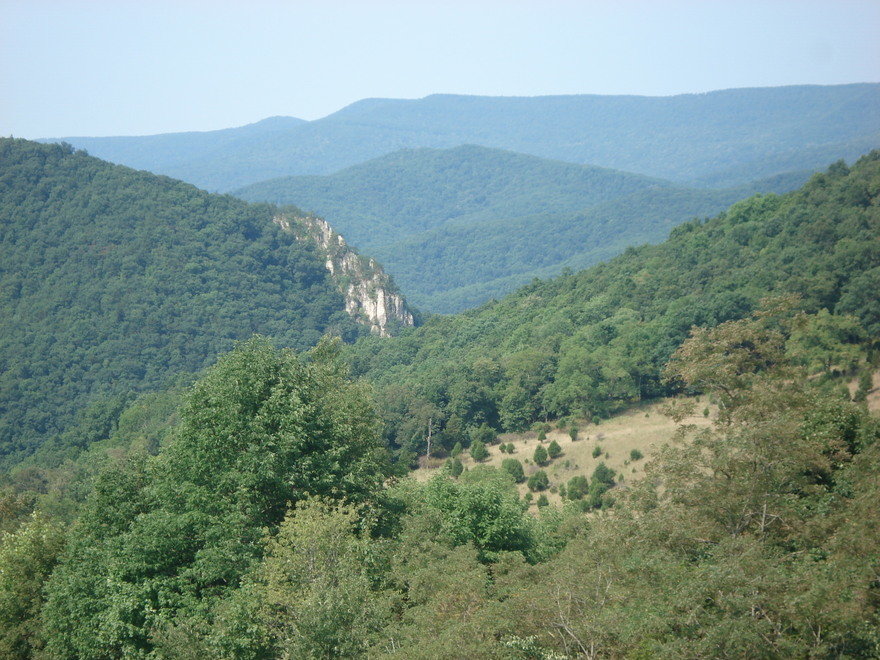 Image: Valerius Tygart, CC BY-SA 3.0
Image: Valerius Tygart, CC BY-SA 3.0
What they could use is some help from ARES, a company based in Nevada. Their name stands for Advanced Rail Energy Storage, and they've developed a brilliant chemical-free large-scale battery system based on something Newton figured out: Gravity.
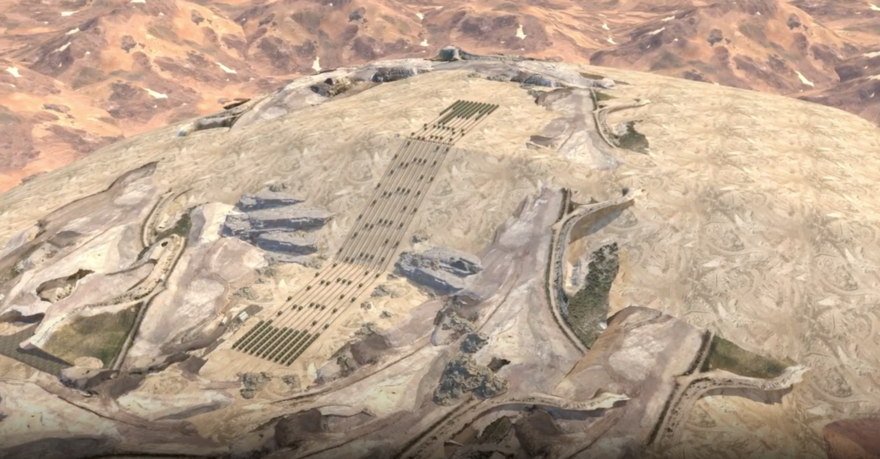
The company uses recycled steel to build train tracks that travel up a slope.
On these tracks are placed basic railcars, also built with recycled steel. These cars are loaded up with whatever is locally available that's heavy: Rocks, concrete blocks, cement, earth.
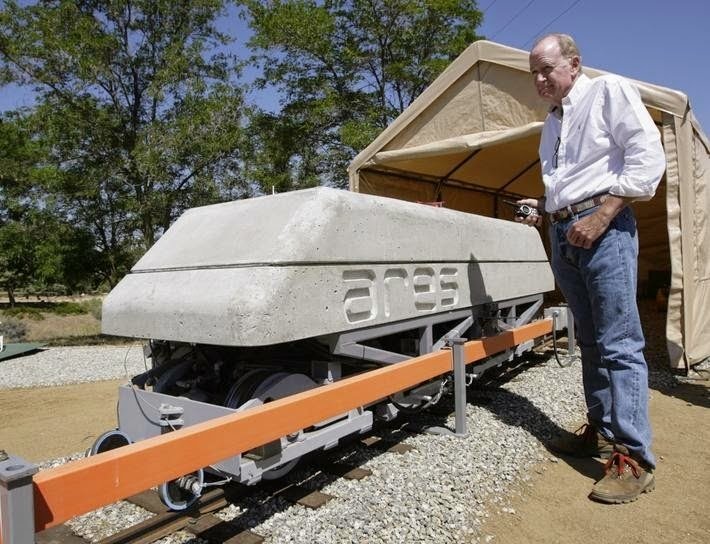
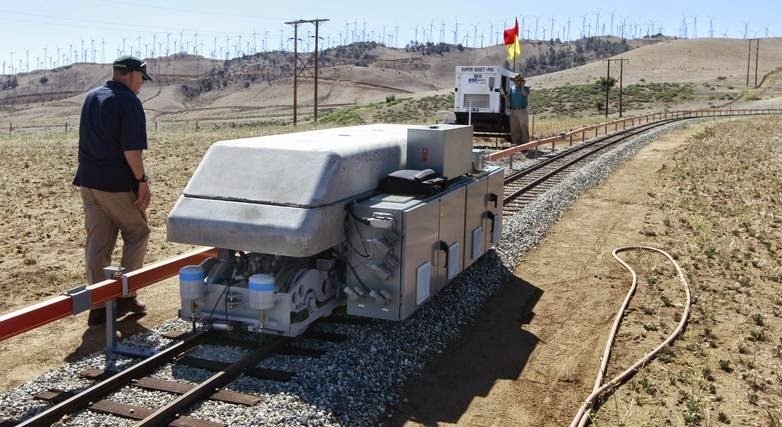
The cars are equipped with electric motors.
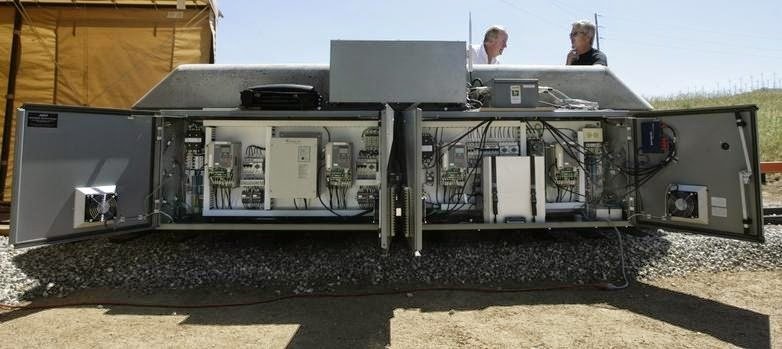
The entire system is then connected to a sustainable energy source, like solar or wind.
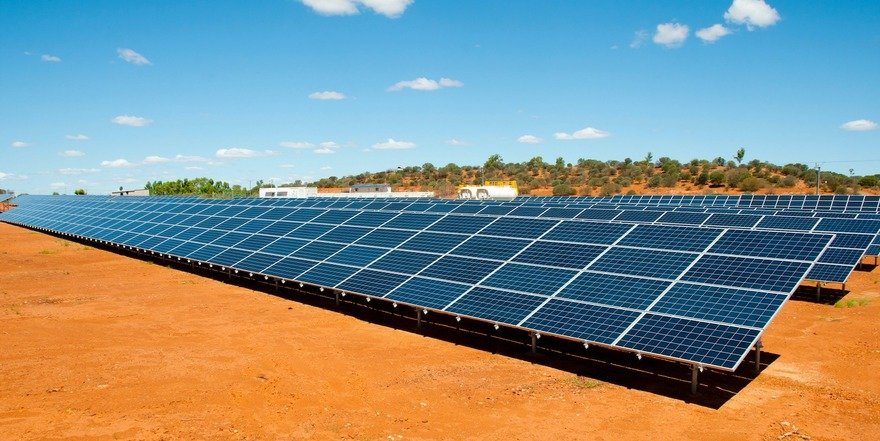
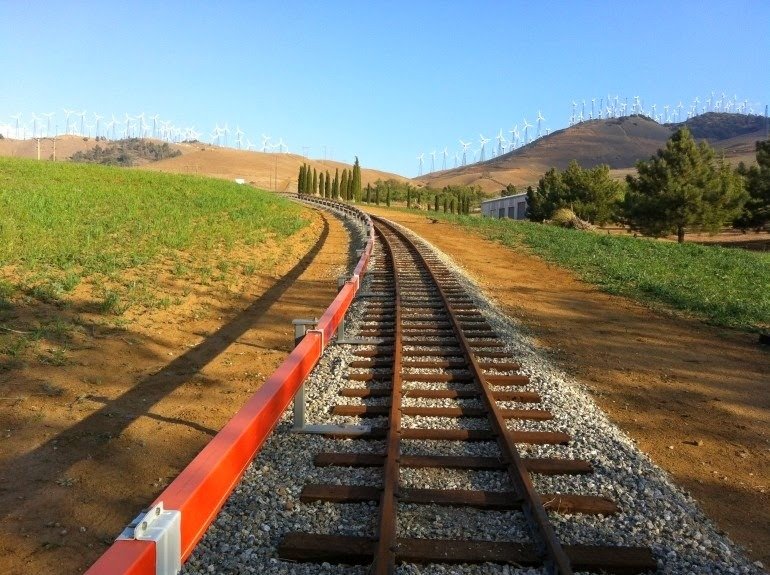
Those energy sources are notoriously intermittent. During those spurts where energy is created, it's used to power the cars up to the top of the hill.
When energy is needed, the cars are allowed to slide back down the hill.
On the way down, they use rengerative braking to send that stored power back into the grid. The efficiency is about 90%.
The system uses no fossil fuels, produces no emissions, and consumes no water. Being chemical-free, there is no chance the facility will burst into flames and explode. The ballast is sourced locally, and the rails and cars are made using recycled materials. Chemical batteries can degrade over time; but rocks and concrete stay heavy forever; the system will continue to work as long as gravity does.
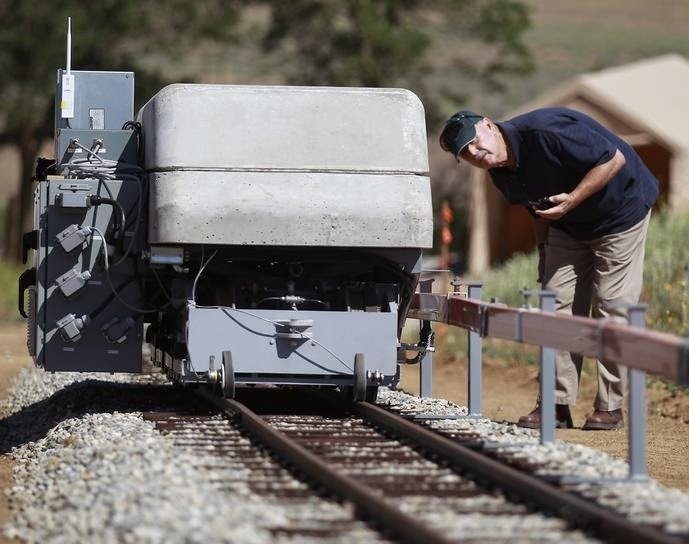
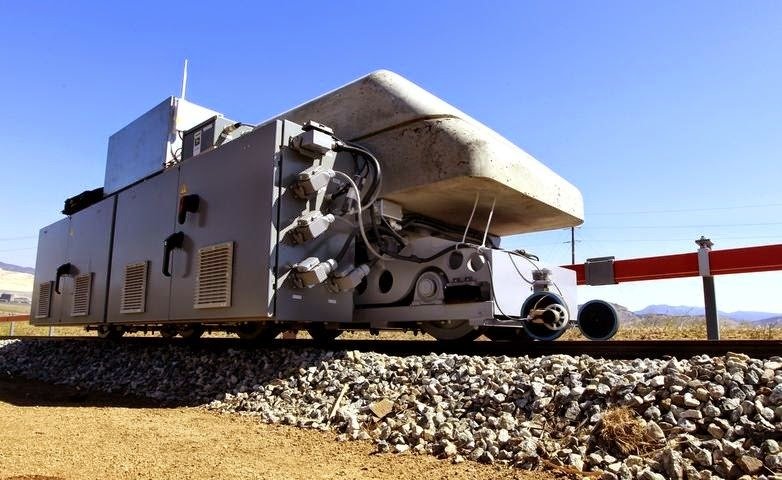
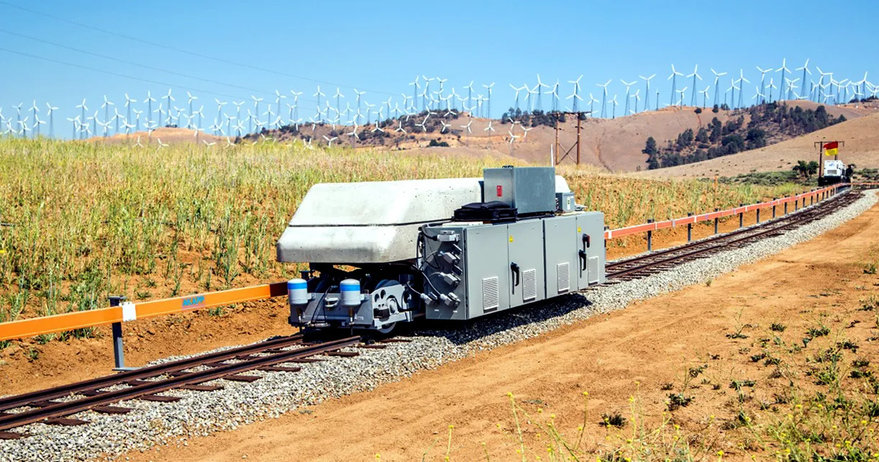
Currently the company's proof-of-concept GravityLine facility is located in Nevada, and they appear to be targeting western states for expansion. The governors of West Virginia and Kentucky should give them a call.
Also, I would love to see a smaller-scale version of this developed, or open-source plans released for backyard versions. Where I live, I've seen "hillbilly engineering" firsthand, and it's often ingenious. I bet handy folks living in hilly terrain would rather rig something like this up than pay five figures for a whole-house backup generator that runs on expensive propane.
-
o4Favorite This
-
Q10Comment
K
{Welcome
Create a Core77 Account
Already have an account? Sign In
By creating a Core77 account you confirm that you accept the Terms of Use
K
Reset Password
Please enter your email and we will send an email to reset your password.

Comments
"notoriously intermittent" solar... California and the UK have been going weeks at a time primarily powered by solar and wind... I mean the sun rises every day. Semantics on that bit aside, these gravity battery solutions are great. They are building a variant in Oregon that pumps water from a low reservoir to a high reservoir when there is excess electricity on the grid, and then lets it run down spinning hydro generators when power is needed. If I remember the article right the romans did a similar thing to hardness water power based on tides and that inspired it... amazing some of these core concept have been around for centuries.
Some excellent comments here; good to see folks “doing the math.” I’ve had a Google News alert on ARES for years; they have achieved basically nothing because of the issues pointed out in these comments. Pumped storage in the right circumstances is reasonable; the ARES concept has no chance for success economically.
Regenerative braking with electric motor transport is happening all around the world and has been since the beginning of the 20th century. Here are some recent examples:
Pretty sure a zero energy system is fundamentally impossible.
Doesn't it burn more energy moving the sleds up the hill than they produce moving down the hill?
Yes, they're claiming 90% efficiency, so 10% more. And of course there's some wear and tear, so there will be maintenance costs also. It's a pretty good-seeming small-scale alternative to pumped hydro, easier to find sites for, since there are lots of hills.
Oh, this is like those gravity battery cranes, but more horizontal (and therefore safer, I think, right?).
https://www.snexplores.org/article/gravity-batteries-renewable-energy-problems
But if you do the math on something like a whole-house backup, it seems a little tricky. Assume you have a 100 foot (30 meter) tall hill to work with (which is very tall for someone's backyard). And you want to store 15 kWh (about half of a typical US home's daily electricity usage). You would need about 220 US tons (200,000 kg) of mass.
@W H - I'm glad you did the math on this. Assuming the omni calculator is right, I'm pretty skeptical that this proposed system has enough capacity. Even with 1000's of feet of incline, and hundreds of cars per track it doesn't seem like this system could store enough to make a dent. Looks like a train engine weighs about 200tons, and from their sketches, these things are not even close to the size and weight of a std train engine. So with 1000 ft hill and 200ton load thats 150kWh. So you can charge 2 teslas, or power 5 normal houses...
Yeah, that looks right. About 150 kWh.